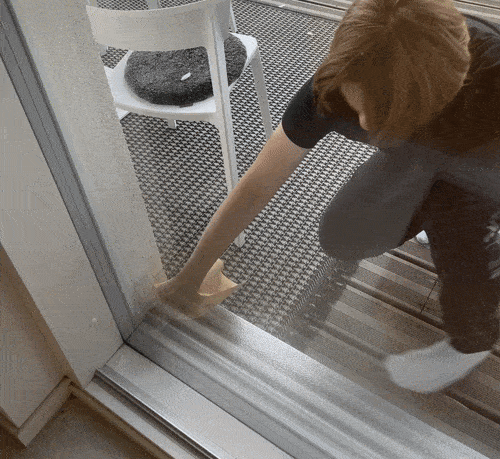How to wash windows at home
Windows should be washed at least a few times a year.
Below, we explain how to wash your windows to make sure everyone's home looks its best.

Accessories:
-
Dryer sheets
-
Cleaning cloth
-
Dry microfiber cloth
-
Dumpster
-
Window cleaner
-
Vinegar
1. Preparation
Window cleaning almost always starts with moving things out of the way and wiping off dust. Wipe the dust off the blinds and wash the window frames and any other area around the window that you want clean before you start washing the window. This prevents dust and dirt from splashing onto the washed windows later. At the same time, it's also effective to wash the curtains or shake the dust off them.
2. Washing water
Next, make the washing solution. It is a good idea to use a glass cleaner, but you can also make a washing solution with, for example, hand soap or even hand soap. Use warm water for the washing water and put only a few drops of detergent in. It is also a good idea to add a few tablespoons of vinegar to the washing water, as this will give a brighter finish. A suitable ratio for vinegar is three tablespoons to two litres of water.
3. Washing windows
Wash windows with a rag or a window cleaner soaked in washing water. Wash in a circular motion. Look carefully at the more stubborn dirt, which needs to be brushed off with a harder grip. Use the washer again in water after each window. Be sure to replace the water often enough to get the brightest possible finish.
4. Drying the window
Drying is simple, but it's also a skill-intensive job. Many of you will have seen professionals drying with a spatula in a single S-shaped motion. However, we recommend that you dry with long, parallel strokes. Drying a window with a single movement is much more difficult than you might imagine. Start at the top of the window and pull the load steadily down without stopping. After each pull, dry the load with a dry microfibre cloth, for example. Always start a new pull slightly above the old pull to avoid water streaks between pulls. It is difficult to get the edges completely dry and it is a good idea to have a chamois for finishing. A weather sponge is a good way to wipe the edges without leaving marks.



Cleaning tips
When washing windows, take a towel to help protect the floor under the window. This will allow water to soak in directly and prevent damage to delicate surfaces.
In winter frosts, you can also add a little Sinol to the washing water to prevent it from freezing on the windows before it dries. Just add a few decilitres of Sinol to a three-litre bucket.
Wash your windows ecologically by using vinegar and soda in the washing water. Soda helps remove the tougher stains. Two teaspoons of baking soda are enough for two litres of water.

Author: Jouni Lötjönen
10.6.2024
